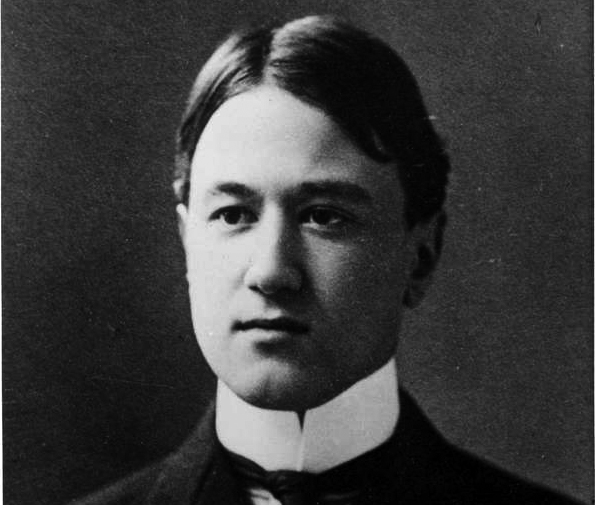Beauty in music is too often confused with something that lets the ears lie back in an easy chair. Many sounds that we are used to do not bother us, and for that reason we are inclined to call them beautiful. Frequently, when a new or unfamiliar work is accepted as beautiful on its first hearing, its fundamental quality is one that tends to put the mind to sleep.
Charles Ives
Our second concert of Season 42 falls on October 20, 2024, the 150th birthday of American composer Charles Ives, who famously challenged listeners of his time and ours to move beyond the comforts of consonance and agreement, and to embrace the disagreeable, accidental and conflicting in music, creating ‘a kind of open-ended listening room, a space for limitless echoes.’
We observe his birthday by performing his iconic Piano Trio in which we witness up close and personal his use of competing strains of melodies from church, school, street, in unaccustomed proximity, and in characters profane and profound. Nevertheless they all find a home on the same stage, in the same piece, at the same time. Ives’s music is not the first in musical history to employ music of his everyday life experienced this way and in character. He lets us in on practices of arranging, combining, and repurposing that have been going on in music-making elsewhere since the Middle Ages and in our ever-shuffling iPod.

Charles Ives, Yale University graduation photo, c. 1898
The Ives Trio is preceded by an early work with a late opus number—Piano Sextet by Felix Mendelssohn, written two-hundred years ago in 1824, one year prior to the unmatched String Octet. While adding an extra viola or cello to the standard string quartet is known to tip the string color palate toward the dark side in quintets of Boccherini, Mozart, Onslow, Mendelssohn, Brahms and Dvořák, having two violas, cello and double bass with piano in a chamber work definitely makes a statement that this work may also straddle territory previously explored in home-bound arrangements of piano concertos by Mozart and Beethoven.
Our program concludes with another such arrangement from 1808, for string septet (with bass), edited by noted American composer Gunther Schuller, of Mozart’s Sinfonia Concertante, K. 364, originally two-hundred forty-five years ago for violin and viola soloists with an orchestra comprised of two viola sections! This smaller version has a more democratic distribution of the soloistic and accompanimental roles among the upper players while the bass remains fundamental.
Enjoy!
